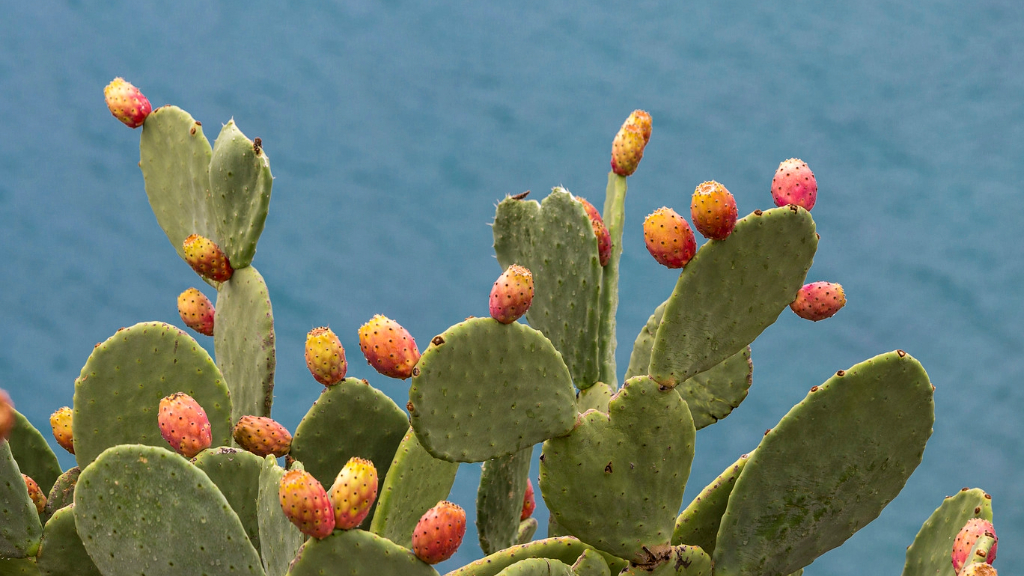Prickly Pear Historical Uses - Learn About Prickly Pear Cactus


Serious cactus enthusiasts probably recognize the name prickly pear cactus. But did you know there are both edible and medicinal prickly pear historical uses? This Southern California and Mexico naïve was once used extensively by indigenous people. You can find the pads and fruits in specialty markets today, an interesting addition to salads or eaten fresh out of hand.
Prickly Pear Cactus Info
Prickly pear cactus is in the genus Opuntia, a large group of succulent plants. Prickly pear cactus info indicates it was used by the Aztec people and perhaps even farther back into history. It is also an important habitat and food for wildlife. Don't let the large spines scare you. This cactus is a delicious and nutritious food source with all parts of the plant edible. The cactus is high in fiber, essential fatty acid, carotenoids and contains magnesium, phosphorus, calcium and potassium as well as trace vitamins and minerals. It is said to be antiviral, with anti-inflammatory and anti-clotting properties. In today's natural health treatments, this cactus has been used to treat Type 2 diabetes, control cholesterol, stifle gastric distress and help with enlarged prostate symptoms. Traditional medicine saw the succulent used to treat rheumatism, wounds, swelling, and mumps.
Other Prickly Pear Historical Uses
A quick read of the history of prickly pear cactus shows it was an important plant for indigenous groups. The large spines were used as needles while the juice from ripe fruit became a deep, colorful dye for textiles. The fruits, also called tunas or figs, are juicy and sweet with a hint of acid and deeply pink-red. Ripe fruits were eaten fresh or in candy and preserves, while green tunas were cooked like a squash. Fruits were also stripped and dried to preserve them for winter. Even the blossoms and seeds can be eaten. Seeds were toasted and ground into flour. Young pads were boiled or fried and used in soups and stews. In Malta, Bajtra liqueur is made from the plant. The nopales, or pads, need to have their spines cut off or seared in a fire to remove them. They should be boiled to remove the gelatinous sap. You can find them in specialty markets, often already cut into strips and ready to eat or canned. The tunas have spines too, so use tongs or a fork to help prepare them. Cut the ends off to make a firm base and then make a slit into the skin lengthwise. Slip a fork into the slit and then use a knife to pare away the skin. Once the skin is off, the entire fruit is edible either fresh or in baking or preserves. It also makes a wonderful juice when pressed. Don't be afraid to try these vicious looking parts of the prickly pear cactus. They will add interest and dimension to your diet along with delicious health benefits.
Gardening tips, videos, info and more delivered right to your inbox!
Sign up for the Gardening Know How newsletter today and receive a free copy of our e-book "How to Grow Delicious Tomatoes".
-
 Grow ‘Karl Rosenfield’ Peony Plants For The Ultimate Frilly Border Beauties And Cut Flowers
Grow ‘Karl Rosenfield’ Peony Plants For The Ultimate Frilly Border Beauties And Cut FlowersFor frilly double magenta peony petals infused with a heady fragrance, grow ‘Karl Rosenfield’ peony plants. Here’s how to cultivate the ultimate plushy blooms
By Tonya Barnett
-
 10 Common Composting Problems That Can Spoil Your Garden Gold – Plus Easy Fixes
10 Common Composting Problems That Can Spoil Your Garden Gold – Plus Easy FixesLearn how to troubleshoot common composting issues before they ruin your stash – from bad smells and bugs to materials not breaking down as they should.
By Susan Albert